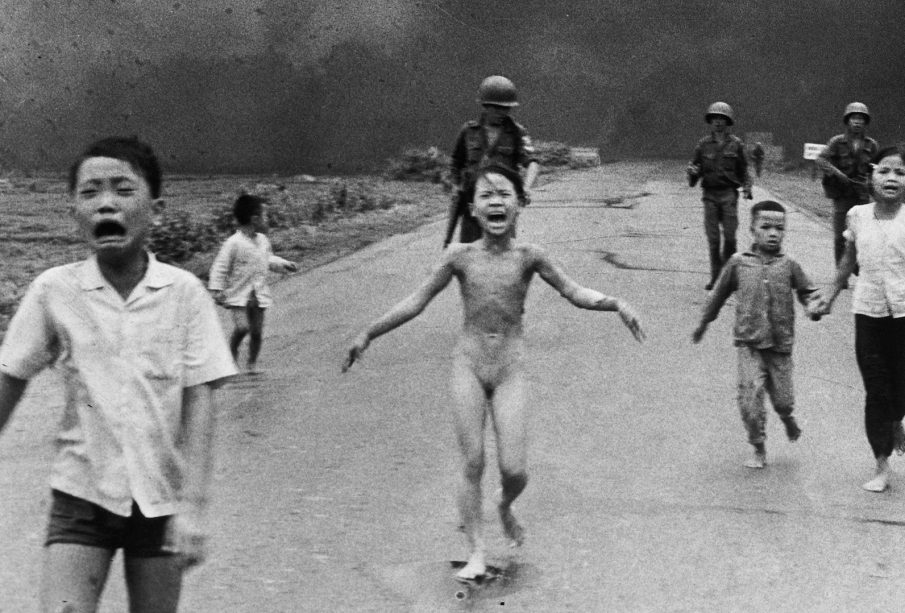The Impact of the Napalm Girl Photographer on War Journalism

Introduction: The Power of a Photograph
The ‘Napalm Girl’ photograph is one of the most historic and powerful images ever captured, depicting the horrors of the Vietnam War. Photographed by Nick Ut on June 8, 1972, the image features a young Vietnamese girl, Kim Phuc, running from a napalm attack. This photograph not only symbolizes the devastating consequences of war but also shaped public perception and anti-war sentiment across the globe. As the world reflects on this iconic image, it remains relevant in discussions about the ethics of war journalism and the impact of media on public opinion.
Details of the Photograph
Nick Ut, a photographer for the Associated Press, was on assignment when he came across the aftermath of a South Vietnamese napalm strike. As he captured the chaotic scene, he noticed Kim Phuc, who had suffered severe burns to her back and was fleeing alongside other civilians. The raw emotion and horror in her expression, coupled with the shocking nature of the event, made this photograph a pivotal moment in the history of photojournalism.
Impact on Public Perception
When the image was published, it shocked the world and brought the brutal realities of the Vietnam War into the living rooms of families around the globe. At a time when many Americans were still supportive of the war, the photograph catalyzed a shift in public perception, giving a face to the suffering and highlighting the human cost of conflict. It played a crucial role in mobilizing anti-war protests and discussions about the morality of military actions.
Photography and Ethics
The conversation surrounding the ‘Napalm Girl’ photograph also raises ethical questions about war reporting. Critics argue that such images can desensitize viewers to violence, while advocates emphasize their importance in creating social conscience. Nick Ut received the Pulitzer Prize for this photograph in 1973, validating the role of photojournalism in storytelling and as a tool for change.
Conclusion: Lasting Legacy
The ‘Napalm Girl’ photograph continues to resonate today as it compels us to reflect on war, humanity, and the power of images. As conflicts persist around the globe, the legacy of Nick Ut’s work serves as a reminder of the importance of bearing witness to the truth. It challenges modern photographers and journalists to capture and share the realities of conflict in a manner that engenders empathy and encourages discourse, ensuring that the tragedies of war do not fade from memory.









